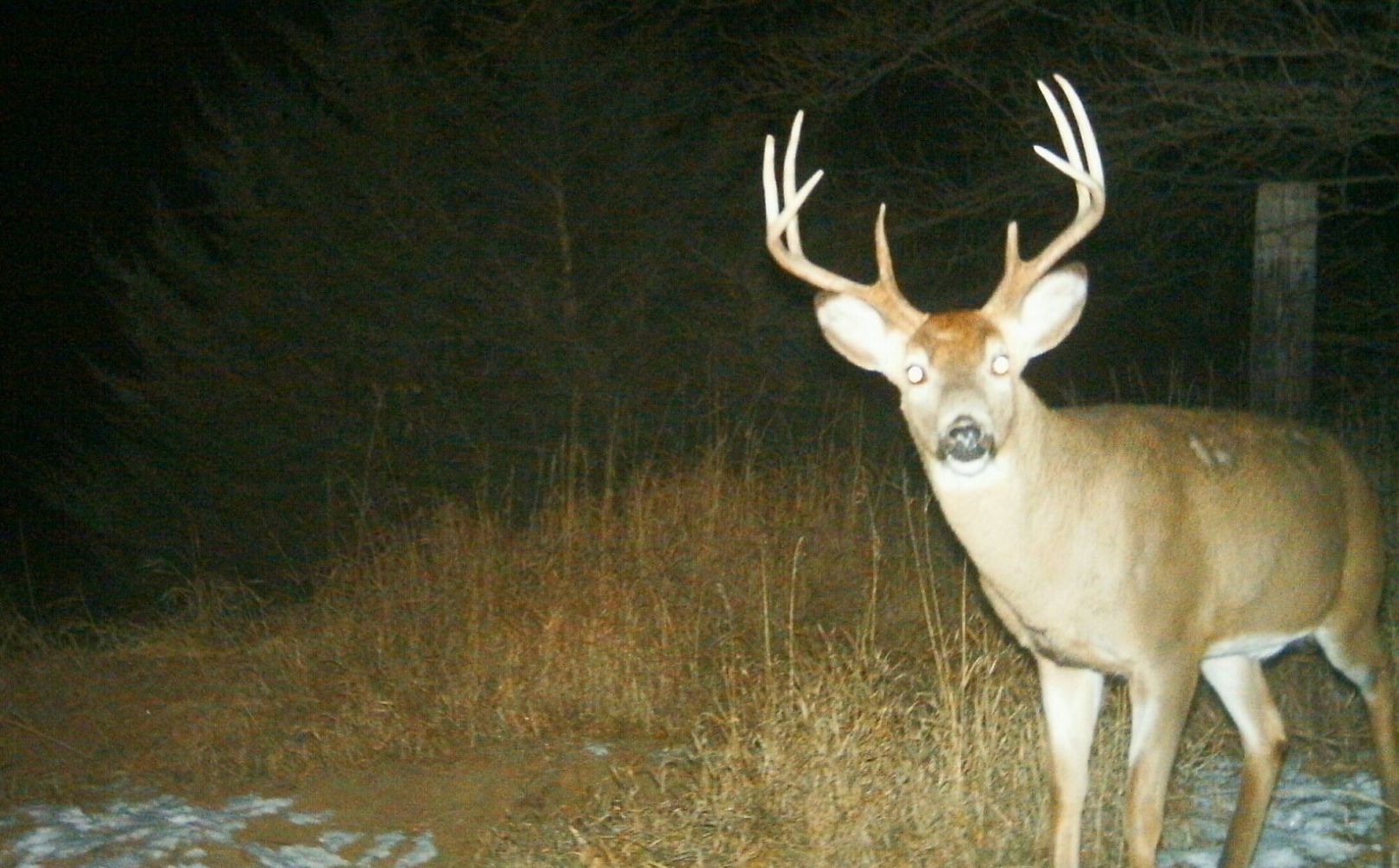
The #1 decision on many deer hunter's minds for the majority of the year, is when to hunt the whitetail rut. Each year it is common to hear these phrases:
*"The rut will be early"
*"The rut will be late"
*"The rut will be on time"
*or how about...this will be a strong rut, weak rut, average rut...
So what is an avid hunter to do? How can you even plan when to hunt the whitetail rut, when opinions vary so greatly? The answer is this: The more you look into the past, the more you can predict the future! The past is so critical, because it will tell you the exact timing of the most intense periods of the rut for every single year. The timing of the rut Does Not change from year to year, only the intensity of the rut does.
Typically the rut takes place early November in more Northern settings such as MN, WI, MI and NY, and then a week to 10 days later in locations such as Southern IA, Southern IL and Southern OH. For example I plan to hunt the Pre Rut (last week of October) through early November in WI, and then travel to Southern OH to exerience the Peak Rut on public land roughly during the 2nd to 3rd week of November.

*Make sure to check out my whitetail book series to help you find public or private land mature bucks this Fall, including "Whitetail Success By Design"and "Food Plot Success By Design"
Folks, you can just about set your clock to the peak of the rut each year, for your area, and you only need to look at past seasons to narrow down the probable dates. However there are 3 main reasons that the intensity of the rut can vary greatly from year to year, including: Changing buck age structure, location of mature buck core areas, and the weather. What about the moon? Although there is some debate about how activity levels can be effected by the various phases of the moon, there is enough recent scientific data to reveal the moon has no bearing on the timing of the rut no matter which areas that you live in.
For more important info concerning the timing of the rut as it relates to weather, moon phases and the availability of local bucks, check out these articles:
-Core Mature Bucks
-No Link Between Moon Phase and Rut (from the Quality Deer Management Association)
Buck Age Structure
Mature bucks leave a LOT of sign and if you have more than 1 older buck, the amount of rubs, scrapes and chasing activity can seem incredible!
On the flip side if your neighbor has a pile of immature bucks, the amount of sign will be light.
The average age of the bucks on the lands that you hunt can change significantly from year to year, depending on the seasonal harvest patterns. The strong presence of sign, or not, can yield conflicting conclusions about the timing of the rut from year to year, let alone the intensity. But aside from having a young or old age structure of bucks on your land or not, is your land even conducive to attract and hold mature bucks?
Core Buck Areas
Mature bucks live in heavy stem count habitats of grasses, briars, hardwood regen and conifer during the Fall, and open shaded canopies mature hardwoods during the Summer. What type of habitat do you have? Mature bucks also prefer high quality forages just like the rest of the herd, so when a mature buck establishes his Fall range he may travel far and wide to find it.
If you have a core buck on your land you will find quality rutting sign early and often. If you do not, the sign will most often only pop up during the Peak of the rut. Those two types of rut sign timings can be highly misleading for determining exactly when to hunt he rut, even from 1 neighbor to the other.
For core bucks don't wait to hunt, they are already there! And for non core bucks, a great practice is to wait for the peak of the rut to take a stand for a mature monster that could possibly be traveling from better Fall habitat a mile away or more.
The Weather
Regardless of young bucks or old, the most major influence of rutting behavior will be the intensity of the weather. Of course breeding will take place at the same time each year regardless of the weather, moon phase, age of bucks or type of habitat that is present, but the frequency of daytime movements will directly parallel the quality of the seasonal Fall cold fronts that take place typically every 7-10 days throughout the annual whitetail rut.
There are two incredible influences of rutting activity that have to be considered, including:
1. Extreme Weather Patterns
2. High Temperatures
The following charts are taken from the hunting season of 2012 and 2013. While 2013 was widely regarded as a "dud" when it came to rutting intensity, 2012 was just the opposite, featuring intense chasing, rubbing, scraping and cruising activity. 2012 is on the left, 2013 is on the right, and it is worth a look at comparing the drastic temperature and barometric fluctutions during 2012 vs 2013.
Conclusion
Will the rut be early or late this year? Neither, it will be On Time. The 2-3 week period that you actually take to the woods to hunt the rut each year, should really never change. However, making sure to focus on the factors that influence the intensity of the rutting activity can pay huge rewards when choosing which days to stay on the couch, and which days to stay in a tree.
Is that giant you are after a core buck or not? Do you have any older bucks in the herd? Is it really a good day to hit the woods based on the weather conditions, or are you better off spending time with family and friends, or keeping your boss happy? Those are all questions that each need to be answered every season, if you are seeking consistent opportunities for harvesting mature bucks during the rut. As for the question of when to actually hunt the rut? The more hunters focus on the consistency of traditional rutting timetables for the area they hunt, the more effective that their strategy will be.